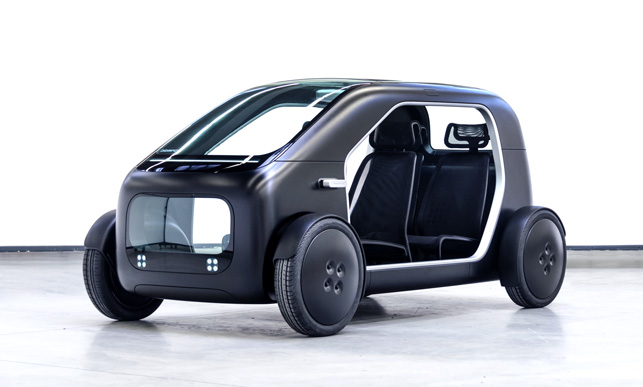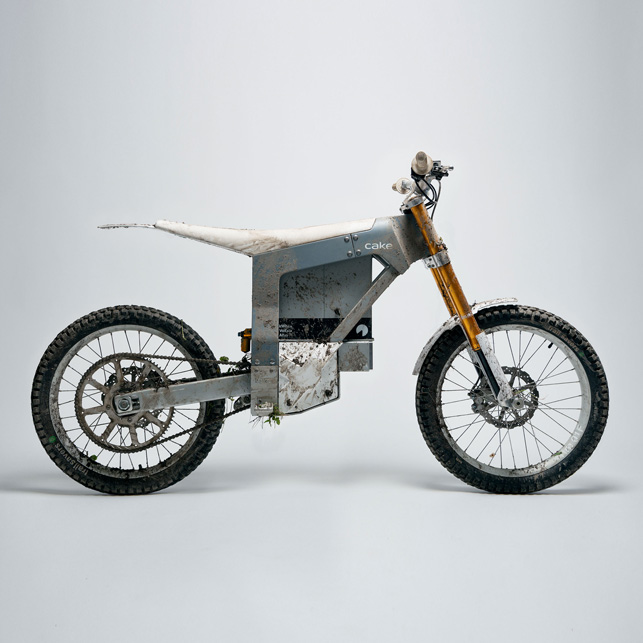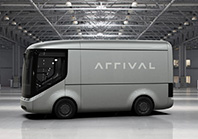The automotive design world is going after electrification and autonomy hard, but will these two paradigm shifts open up the transportation industry to a much wider audience? Al Dean takes a look at how things might change

Fig 1: Danish bicycle design master Biomega recently unveiled its SIN concept, with a 20kWh battery, 80mph top speed and 100-mile range
The automotive industry has been on the cusp of a revolution for quite some time now: As we have started to see the sense in moving away from the internal combustion engine and our reliance on fossil fuels, the electrification of cars is one of a series of shifts that promises to lead us to a brand new world of autonomous driving.
Yes, electrification will happen first (led by government legislation), but then we’ll gradually increase levels of autonomy from current capabilities to something truly mind-bending.
Today’s vehicles are currently around the Level 2 of autonomy; that’s partial assistance, with LiDAR-based guidance in traffic and lane assist tech in fancier cars.
Once we start to get to the higher levels, where the vehicle is essentially doing all the work, things will get really interesting, particularly from a design and engineering perspective.

Fig 2: Banbury-based Arrival is developing a 150-mile range delivery vehicle. We want to know when the company plans to make camper conversions available
Even today, we are seeing new forms and new explorations of what the future of transportation looks like. The answer is that it looks very little like anything that has gone before. Take a look at Figure 2 above. This is an electric delivery vehicle from Banbury based Arrival. This isn’t your average trannie van, is it?
Then you’ve got the SIN concept from Danish bicycle manufacturer Biomega. Those familiar with Biomega will know that the company doesn’t scrimp on new details (its bicycles are things of beauty), but developing an electric vehicle is a bold move and one that couldn’t have been conceived without the use of an electric platform.

Fig 3: Electric motorcycle start-up Cake has developed a dirt bike without the emissions and a lot more fun. The styling is particularly interesting
Another curious one to pop up recently is Cake, a Swedish outfit looking to bring its electric Kalk dirt bike to market. It’s a slick-looking product, with a top speed of 46mph, a range of 80km or two hours of hammering it with a 15kW power unit (around 20hp).
What I find so fascinating here is that these are all companies that didn’t exist two years ago. Yes, their teams all have design, engineering and manufacturing experience from previous places of work, but their core market hasn’t been power transportation.
If you look at the earlier pioneers of electric vehicles, they often made the mistake of too closely matching what had gone before. Tesla is a prime example – gull wing doors? Unless it’s a Mercedes 300 SL, then leave them on the Hot Wheels, Elon.
This is a serious shift in how transportation devices are being developed.
And these companies are also differentiating themselves with design.
Whether or not you like the Biomega concept, with its almost child-like styling, you have to admit that it’s bold (even if that A-pillar is going to be an issue).
The Arrival van looks amazing and I’m first in the queue for a consumer version when it become available. Or I might save my pennies up for one of Cake’s dirt bikes; again, the styling here isn’t mimicking what’s gone before.
The company is basing its design on what works, in terms of frame and geometry, but the rest looks and feels new.
This I find endlessly fascinating. If you look at the earlier pioneers of electric vehicles, they often made the mistake of too closely matching what had gone before.
Tesla is a prime example – gull wing doors? Unless it’s a Mercedes 300 SL, then leave them on the Hot Wheels, Elon.

Will these two paradigm shifts open up the transportation industry to a wider audience?
Default






